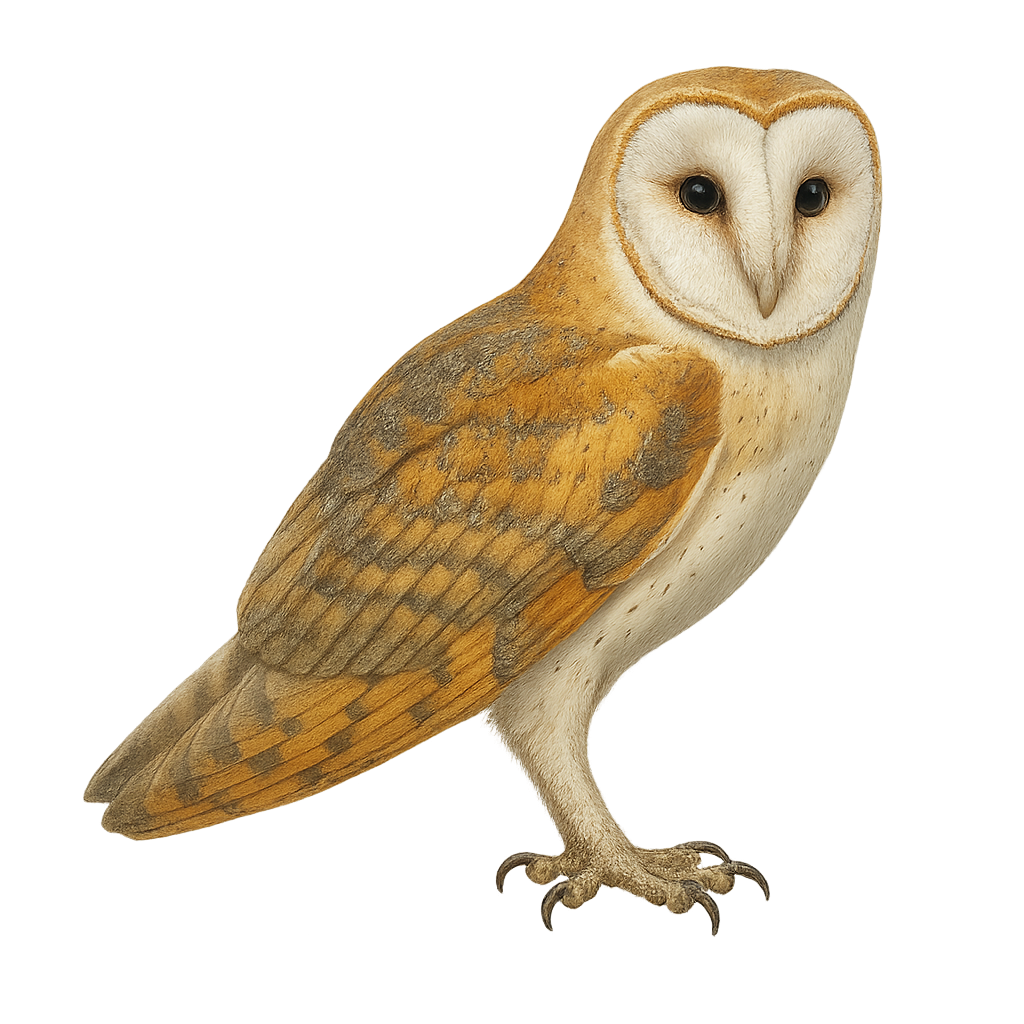Your wildlife photography guide.
Explore the barn owl in detail, study its behavior, prepare your shots.
Where to observe and photograph the barn owl in the wild
Learn where and when to spot the barn owl in the wild, how to identify the species based on distinctive features, and what natural environments it inhabits. The WildlifePhotographer app offers tailored photography tips that reflect the barn owl’s behavior, helping you capture better wildlife images. Explore the full species profile for key information including description, habitat, active periods, and approach techniques.
Barn Owl
Scientific name: Tyto furcata

IUCN Status: Least Concern
Family: TYTONIDAE
Group: Birds
Sensitivity to human approach: Suspicious
Minimum approach distance: 10 m
Courtship display: February to April
Incubation: 29-34 jours
Hatchings: March to June
Habitat:
open fields, meadows, agricultural areas, forest edges
Activity period :
Mainly active at night, generally discreet during the day.
Identification and description:
The American Barn Owl, or Tyto furcata pratincola, is a medium-sized nocturnal raptor, easily identified by its heart-shaped facial disc and pale plumage. It is widespread across the Americas and inhabits farmland, open grasslands, wetlands, and man-made structures like barns and silos. Its flight is completely silent, making it an efficient hunter of small mammals, especially rodents. Its sharp, screeching call contrasts with its ghostly appearance. The population is generally stable but may be affected by the loss of nesting sites and pesticide use. No black or melanistic form is known in this subspecies.
Recommended lens:
400 mm – adjust based on distance, desired framing (portrait or habitat), and approach conditions.
Photography tips:
To photograph the Barn Owl, it is advisable to use a telephoto lens of at least 400mm to capture detailed images from a distance. Look for places where it is likely to hunt, such as open fields or meadows, at dusk or dawn. Be patient and discreet to avoid disturbing it. Use a tripod to stabilize your camera, especially in low light conditions. Favor golden hours to benefit from soft and flattering light.
The WildlifePhotographer App is coming soon!
Be the first to explore the best nature spots, track rutting seasons, log your observations, and observe more wildlife.
Already 1 430 wildlife lovers subscribed worldwide

